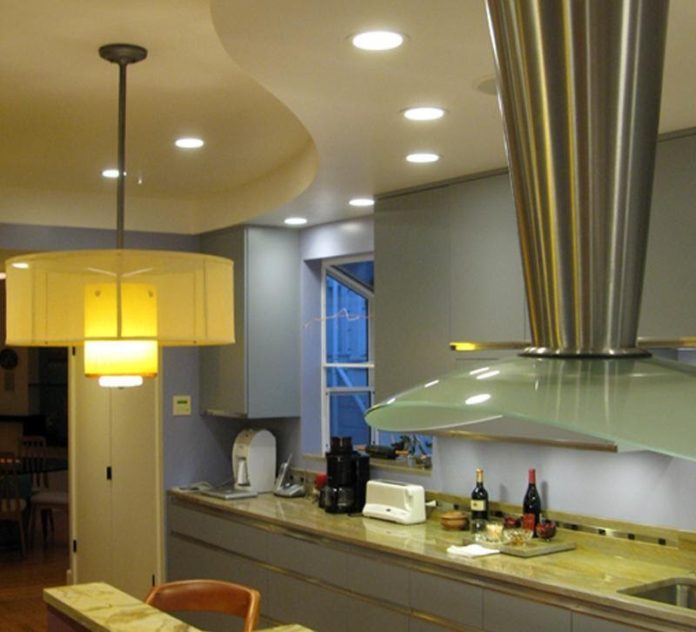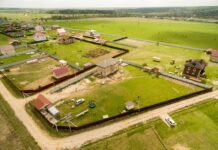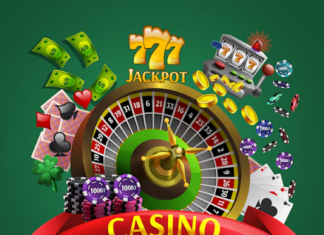An elegant ceiling lighting while being discreet, efficient in terms of both brightness and energy consumption, the LED recessed light is nowadays popular in home use. This is also perfect if you are looking to illuminate a room that has a great need for light but little space to install a luminaire. Here are the points to consider when choosing your LED recessed lights.
What is an LED recessed light made of?
Usually, LED recessed lights are made up of three parts: the housing, the bulb and the finish. The box is the support directly integrated into the ceiling or wall where it is placed. Then, the LED recessed spotlight which can be orientable, dimmable, downlight or even extra flat. The finish of the luminaire is the visible outer border of it, and which can be made of several materials ranging from chromed steel to stainless steel, including aluminum. Your choice depends on the style of decoration of your interior whether it is modern, contemporary or even minimalist.
The number of LED recessed spots per square meter
Before installing LED recessed lighting in your home, you must first determine the sufficient number of spots to install. It depends on the lighting need of each room in which they are installed either the number of lux or the lumen per square meter required. For a room or a corridor (100 to 200 lux), little light is needed; for a living room you need medium lighting (200) and in the kitchen, a bathroom or an office, you need between 200 and 300 lux. So for a room of 10 square meters, you need 100 x 10 or 1000 lm of light.
The color temperature of your recessed light
The color temperature indicates the color of the white of the light emitted by the LED downlight. This number is displayed in Kelvin and the higher this number, the cooler the white of the light will be. In terms of lighting, this temperature varies from 2700 to 6500K. A temperature of less than 3000K provides a warm, more yellow light. Between 4000 and 4500K, you have a neutral white light, more stimulating for concentration and conducive to work. Finally, at 5000-6500K, the light will have a more bluish tint that you can install outdoors.
Light power and electric power
If there is a major advantage for the LED recessed spotlight, it is its energy efficiency, which is up to 10 times less than traditional lamps. Thus, for a little less than ten watts, your recessed luminaire will deliver a light of an intensity similar to a halogen lamp consuming ten times more electricity. The luminous flux of the LED recessed spotlight is expressed in lumens (lm) and this figure takes into account the lighting requirement per square meter which has been discussed above. If you want multiple light sources, go for 35-50W equivalent models of LED fixture.
What lighting angle to choose for a led spot?
The last point to take into account when choosing a recessed light is the opening angle of the light beam. As a possibility, there is a tight beam-like angle between 10 and 25 ° to highlight a specific object. But it is also the best choice of angle to realize wall beams with several luminaires with low opening angle. The average value is between 35 and 40 ° for an ideal diffusion of light without avoiding glare. The extra wide 80-120 ° angle is for recessed lights intended for general lighting of a large room.









